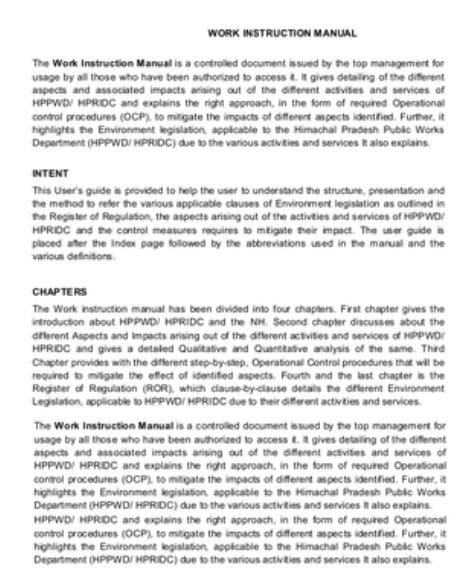Unpacking the Distinct Characteristics of Technical Writing
Are all types of writing the same?
Of course not.
A whitepaper is different from your website blog
An instruction manual is different from your grocery list
Your procedure guide is different from a text message

Technical writing and regular writing are two distinct forms of written communication that serve different purposes and target different audiences. While both involve putting thoughts and ideas into written words, the differences between the two are numerous and significant. Understanding the key differences between technical writing and regular writing is important for both writers and readers alike.
What are the distinct characteristics of technical writing?
Purpose
Technical writing serves a specific purpose such as explaining complex information, processes, or procedures, whereas regular writing is more open-ended. Technical writing and documentation are heavily focused on steps and processes. It is painstakingly organized.
This pinpointed, surgically focused attention to detail and organization makes it easy for your users to find what they want and make it easy for them to understand the information.
Audience
Technical writing is intended for a specific, often technical audience whereas regular writing can be for a wider, less specialized audience. Your onboarding processes and procedures are for your new employees, not your current employees, customers, clients, or prospects.

Tone
Technical writing often has a neutral, objective tone, whereas regular writing can have a more personal or creative tone.
The tone of an instruction manual is completely different than your company blog.
Style
Technical writing follows a specific format, structure, and style guidelines to ensure clarity and consistency, whereas regular writing has a more creative license.
The use of templates is often used in technical writing to give it the structure and format it needs.
Language
Technical writing uses specialized terminology and avoids ambiguity, whereas regular writing may incorporate more figurative language and literary devices. Specialized language and terminology are used in a specific field or relevant to and characteristic of an industry.
Documentation
Technical writing often involves documenting processes, procedures, instructions, and specifications, whereas regular writing is more open-ended and creative.
You need a very specific manual for flying a helicopter. It needs to have documented procedures and instructions. You can’t say “flip the yellow switch to start the engine”…

Technical writing is focused, concise, and objective, with a specific purpose, audience, and style. It uses specialized language and follows strict guidelines to ensure accuracy and clarity. On the other hand, regular writing is creative, personal, and open-ended, with a wider audience and more room for literary expression. Understanding the differences between technical and regular writing is essential for effective communication in a variety of settings.
Someone writes this documentation. It’s not for everybody…we do it because we want to help and it’s our passion.
So, how can we help you today?
For over 40 years, private and public companies have trusted docstrats. You reap the benefits of our experience and the collective knowledge of our in-house experts. Whether you are looking for help with technical documentation and writing or need to fill a specific role, we are here to make it happen. Let me know how I can help you and your organization.
You can reach me at kim.jacobs@docstrats.com

